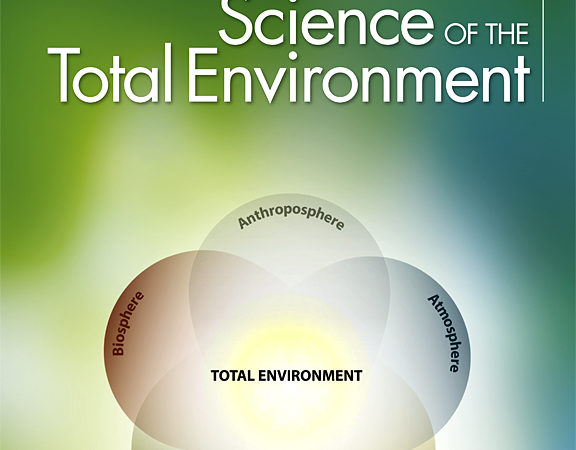
Abstract
Alternate wetting and drying (AWD) irrigation in lowland rice cultivation increases water use efficiency and could reduce greenhouse gas (GHG) emissions compared to the farmers’ practice of continuous flooding (CF). However, there is a dearth of studies on the impacts of water management on methane (CH4) and nitrous oxide (N2O) emissions in Bangladesh. Multi-location field experiments were conducted during the dry seasons of 2018 and 2019 to determine the baseline emissions of CH4 and N2O from rice fields and compare the emissions from AWD irrigation and CF. CH4 and N2O emissions were measured using the closed chamber technique and their concentrations were determined using a gas chromatograph. CH4 and N2O emissions varied across water management schemes and sites. AWD irrigation significantly (p < 0.05) reduced cumulative CH4 emissions (37%, average across sites) without affecting grain yields compared to CF. The CH4 emission factor for AWD was lower (1.39 kg ha−1 day−1) compared to CF (2.21 kg ha−1 day−1). Although AWD irrigation increased seasonal cumulative N2O emissions by 46%, it did not offset reduced CH4 emissions. AWD reduced the total global warming potential (GWP) by 36% compared to CF. Similarly, GHG intensity (GHGI) in AWD was 34% smaller compared to that in CF. Emissions varied across sites and the magnitudes of seasonal cumulative CH4 and N2O emissions were higher at the Gazipur site compared to the Mymensingh site. AWD, which saves irrigation water without any yield penalty, could be considered a promising strategy to mitigate GHG emissions from rice fields in Bangladesh.








